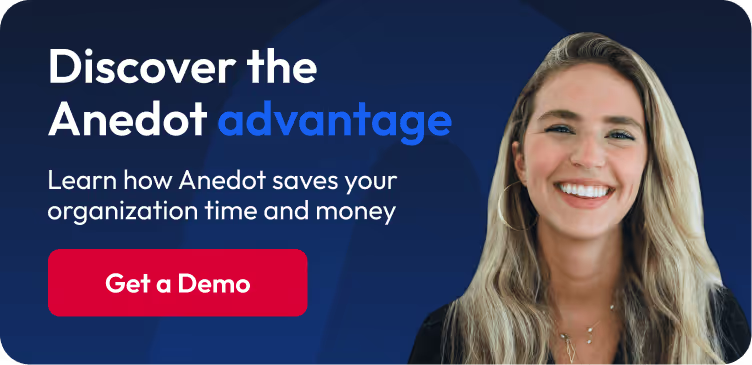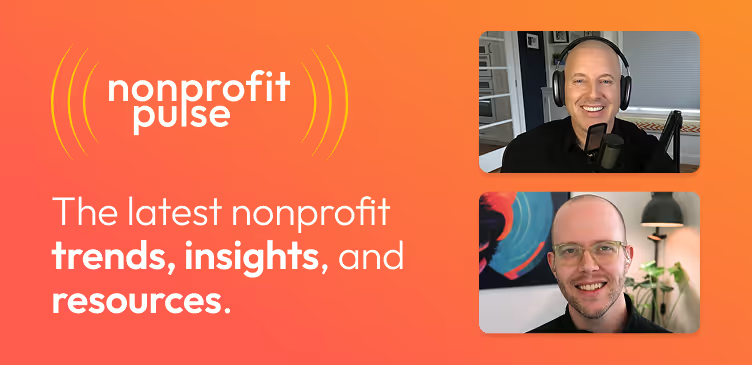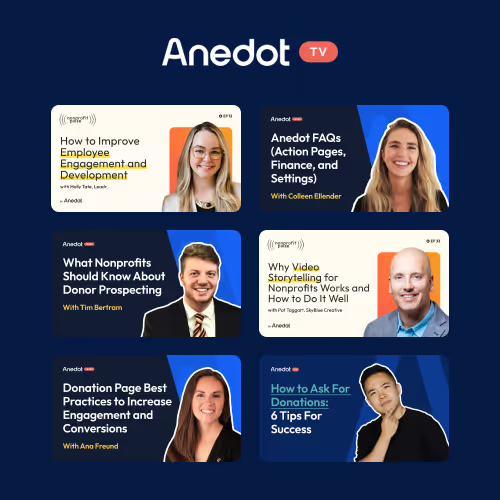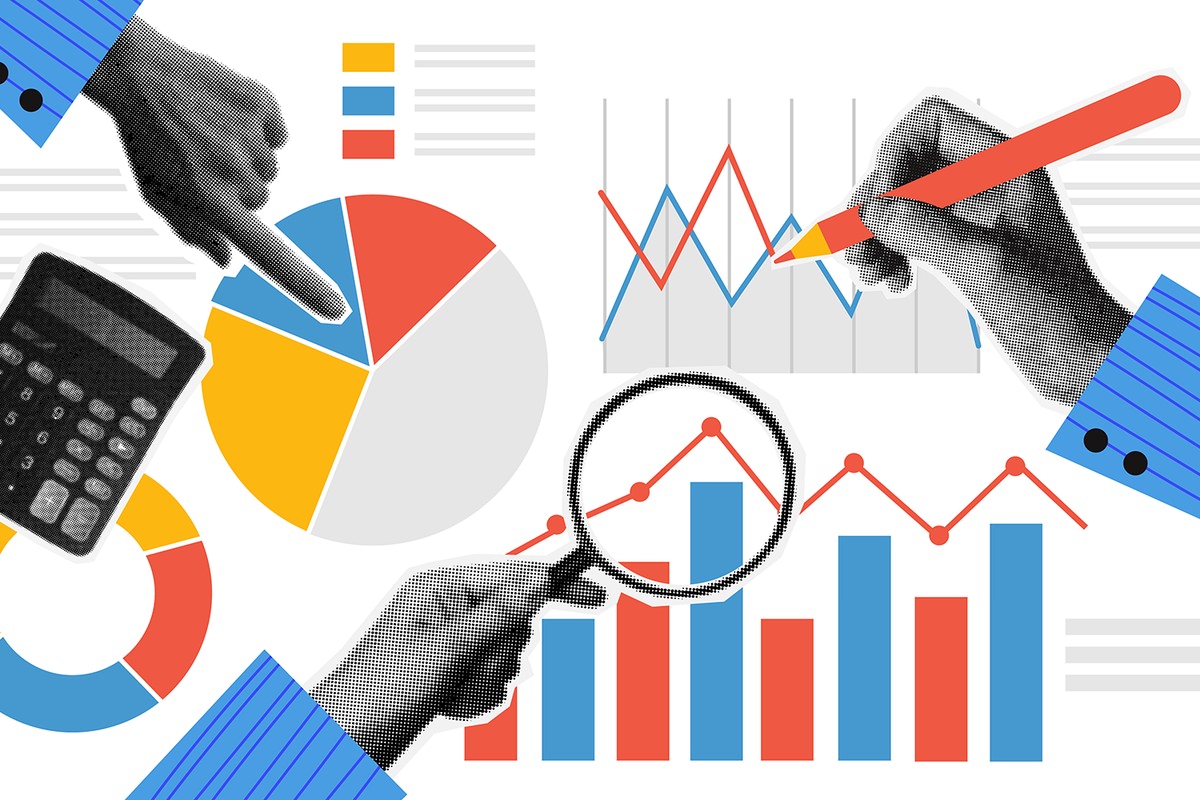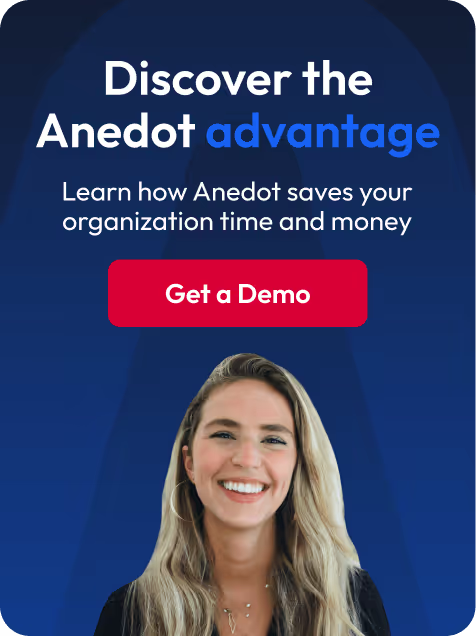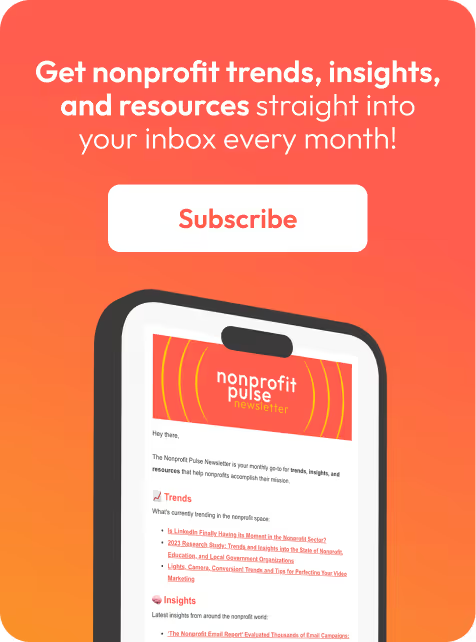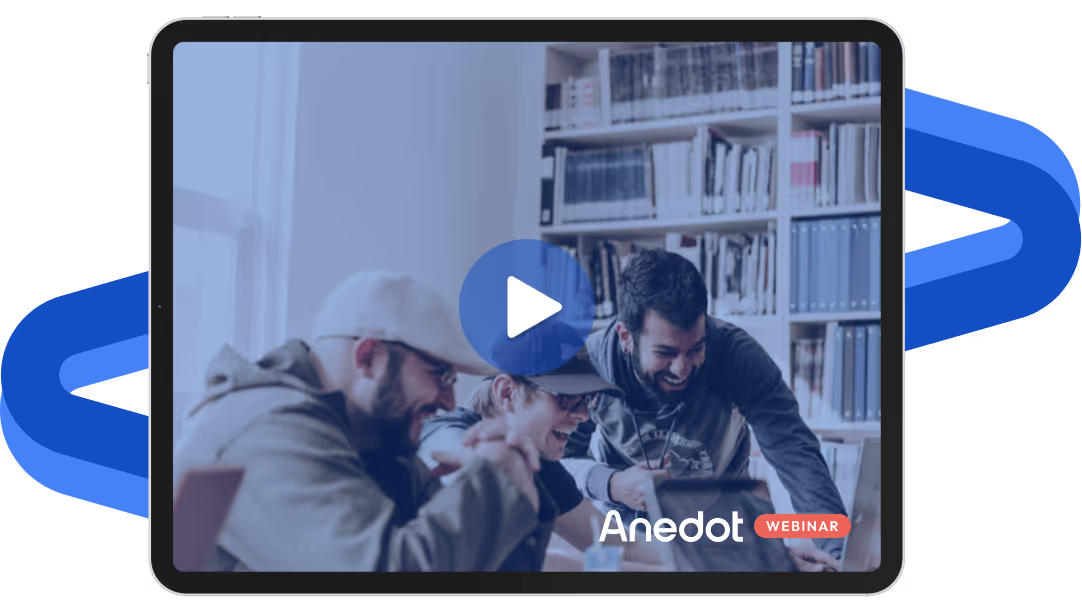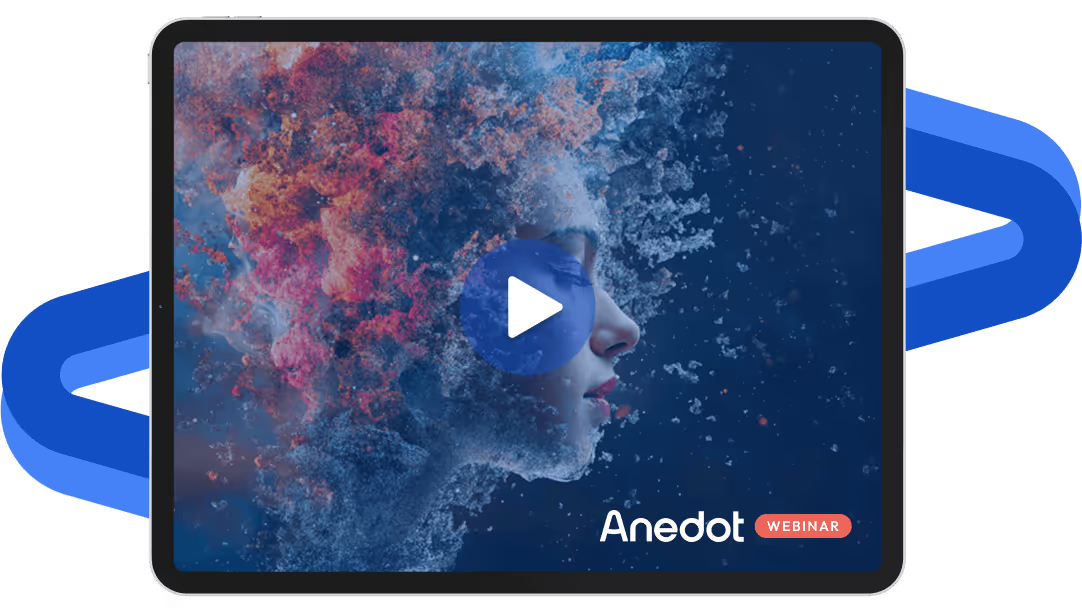Donor retention isn’t just about sending thank-you notes or launching another campaign.
It’s about understanding your supporter.
Researching what motivates them, how they give, when they disengage, and what keeps them coming back.
That’s where donor analytics comes in.
If you’re ready to move beyond guesswork and gut instincts, this post will walk you through the essentials of using donor data to build lasting relationships with your supporters.
We’ll explore how nonprofit organizations of all sizes can use segmentation, behavior tracking, and predictive modeling to increase donor retention and create more personalized, effective outreach.
Why donor retention deserves your attention
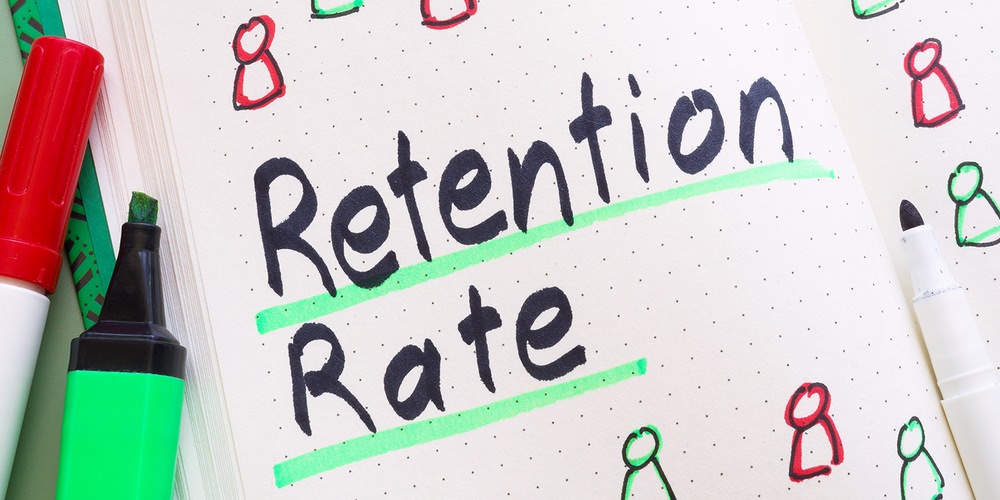
It’s no secret that acquiring new donors is expensive. In fact, it typically costs 5x more to attract a new donor than to keep an existing one.
But the average donor retention rate hovers around 18% according to the Fundraising Effectiveness Project, and it’s often even lower for first-time givers.
Small dollar donors also declined by 11% compared to previous years. These donors, making gifts of $1-$100, accounted for 57% of all donors in the first quarter of this year.
While overall giving is up by 3.6% this year, recent data indicates that this critical group continues to shrink.
Unless small dollar donors are properly engaged, organizations will be forced to depend on larger donors for survival.
These troubling trends make donor retention imperative for healthy fundraising.
Improving retention isn’t sending more appeals or hosting more events.
It’s sending the right ones to the right people at the right time. For that, you need donor analytics.
Start with segmentation
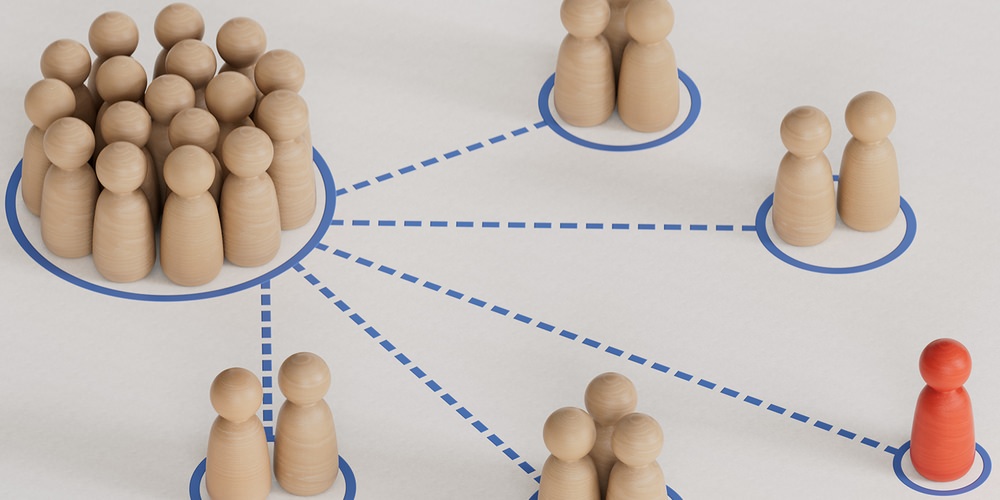
Segmentation is the foundation of data-driven engagement.
Instead of sending the same message to your entire list, segmentation lets you group donors by shared characteristics and tailor your outreach accordingly.
What is donor segmentation? The Association of Fundraising Professionals describes it as:
Dividing your database into small groups of donors that share similar characteristics (e.g., monthly donors, first-time donors, wealthier donors, donors who give more). It is different buckets within your database, and not just one big list of names that we are going to send the same correspondence to. Think of your donor database as this kind of living organism, and we take different actions depending on who it is we are trying to reach and the kind of what action we want them to take. We should create unique communications based on recency/frequency of giving, reason for giving, type of giving, and constituent type.
With fundraising, a one-size-fits-all approach often hurts your fundraising, so here are a few basic but powerful ways to segment your list:
- Giving frequency: One-time vs. recurring donors
- Gift size: Small, mid-level, and major donors
- Engagement history: Active, lapsed, or new donors
- Campaign response: Donors who gave in response to a specific campaign or appeal
- Communication preferences: Email-only, SMS, direct mail, phone
- Interest or issue: Donors who have a strong preference for one or two key topics that your organization’s mission covers
How to use it
1. Start tracking as much data as possible
If capable, start amending your donor’s financial information with what they like, issues that matter to them, spouses and family relationships, volunteer hours, events they attended.
All these factors help you segment and target donors much more efficiently.
2. Create automated email journeys based on donor type
For example, new donors could receive a welcome series introducing your mission, while lapsed donors might get a re-engagement campaign with impact stories and testimonials.
Pro-tip: Most CRM or donation platforms, like Anedot or Julep, allow you to tag and sort donors using these kinds of attributes. In Julep, you can use Attributes and Actions to log this type of information.
Track donor behavior

Every click, open, share, and gift tells a story.
By paying attention to donor behavior, especially with email, you can identify trends, predict drop-off points, and deliver more meaningful interactions.
Between your social media dashboards, email management system, donor system, and website analytics, like Google Analytics, there’s no shortage of metrics to track.
These can help guide when to send emails or make posts, the kind of asks to make or amounts to ask, and even the kind of donation page your donors want.
Here’s what to watch:
- Email engagement: Open rates, click-throughs, unsubscribes
- Donation patterns: Time of year, frequency, average gift amount
- Website behavior: Pages visited, time on site, abandonment of donation pages
- Event attendance: RSVPs, check-ins, volunteer sign-ups
- Social engagement: Shares, comments, or referrals
How to use it
1. Check for last gift
If a donor frequently opens your emails but hasn’t given in a while, it may be time for a personal check-in.
If another donor always gives during your year-end campaign, a targeted message in early December can boost conversion.
2. Run A/B tests to answer questions
Most email and donation systems allow you to easily run tests with a few variations to see how your donors respond.
Make sure you track these responses and see how they can make your outreach more responsive.
Behavior data lets you meet your donors where they are, not where you assume they should be.
Use predictive modeling to get ahead of attrition

Predictive analytics may sound intimidating, but it’s simply using past data to forecast future behavior.
While under the AI umbrella, this type of modeling has existed in the nonprofit space for some time and analyzes existing data to search for patterns that might predict the future.
With the right tools or data science partners, nonprofits can:
- Identify donors at high risk of lapsing
- Forecast donor lifetime value (LTV)
- Predict which new donors are most likely to become recurring supporters
- Determine the best channel or timing for an ask
How to use it
1. Gather your data
You probably have predictive analytic capability now, but is your data too siloed to find patterns?
Do you have a system that pulls in data from your email program, donation software, CRM, website analytics, and social media data?
Getting all your data into one system can enable you to leverage existing resources and data.
2. Use predictive analytics to help segment
With these tools, you can identify donors by giving level, lapsed donors, mid-level donors, potential major gifts, planned giving another broad categories.
These tools also help you with donor acknowledgement by preventing anyone from being neglected and helping you track how they want to be communicated with.
Predictive analytics helps you find that donor who can make a bigger gift but hates getting emails but may donate if contacted by phone.
Donors who feel seen are more likely to stick around. Predictive modeling helps you scale that personalization.
Make it actionable: build a donor engagement dashboard

You don’t need a PhD in data science to start leveraging analytics.
Even a simple dashboard that tracks key metrics can help you stay focused and make better decisions.
Here are a few KPIs worth monitoring:
- Donor Retention Rate (year-over-year)
- First-Time Donor Retention
- Recurring Gift Growth
- Lapsed Donors Reengaged
- Average Gift Size by Segment
- Response Rate by Campaign Type
How to use it
1. See what your CRM offers
Your nonprofit platform, like Julep, or donation processor, like Anedot, should have automatic graphs and reports that make basic segmentation easy.
2. Review your data regularly
Set monthly or quarterly check-ins to review this dashboard with your team. Look for patterns, test new approaches, and adjust based on what you learn.
Pair your data with a personal touch

While analytics can guide your strategy, relationships still drive retention.
Use your insights to fuel authentic outreach.
For example:
- Send a personal note referencing a donor’s first gift anniversary
- Invite long-time supporters to an exclusive behind-the-scenes event
- Share impact stories tailored to a donor’s giving area or campaign history
The goal is not to replace human connection with data, but to enhance it.
As Greg Wise explained at Nonprofit Tech for Good:
Nonprofits are fundamentally in the relationship business — with beneficiaries, with volunteers, and with donors. Letting ChatGPT or Gemini create campaigns means regurgitating a random collection of thoughts found on the Web. Relying solely on generative AI to create messaging means forfeiting the work – and creativity – required to forge real relationships. More importantly, nonprofits risk losing their brand identity if they relinquish their humanity. If Nonprofit A and Nonprofit C say the same thing, they will eventually become indistinguishable. Over time, donors will yawn and move on because there is nothing to bond with. Both are the same. Both are algorithm-blended blandwash.
Use AI to help enhance your outreach by improving donor data insights and targeting. Don’t eliminate creativity and a personal touch to “save time.”
Grow with confidence
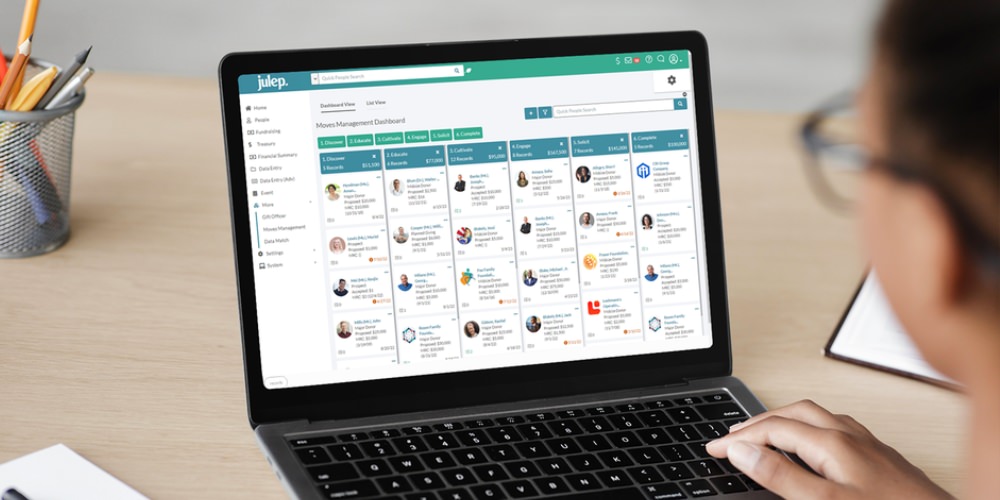
Donor analytics doesn’t have to be complex or overwhelming.
By starting with segmentation, tracking behavior, and exploring predictive modeling, your nonprofit can begin to understand what truly drives engagement and loyalty.
When you combine data with intentional relationship-building, you’ll stop guessing and start growing with confidence.
Need help understanding donor analytics? Download the Donor Analytics Cheat Sheet from Julep.
Frequently Asked Questions about Donor Analytics
1. What is donor analytics?
Donor analytics refers to the process of collecting, analyzing, and interpreting donor data to better understand supporter behaviors, motivations, and preferences. This allows nonprofits to improve fundraising strategies, increase retention, and build stronger relationships with donors.
2. Why is donor retention important for nonprofits?
Donor retention helps organizations thrive by keeping existing supporters engaged. It is generally five times more expensive to acquire a new donor than to retain a current one. Retention leads to more consistent funding and lowers fundraising costs.
3. How can segmentation improve donor engagement?
Segmentation groups donors by characteristics such as donation frequency, gift size, engagement history, campaign responses, and communication preferences. This allows for personalized outreach that resonates with each donor group, improving both engagement and retention.
4. What donor behaviors should nonprofits track?
Nonprofits should pay attention to email engagement (opens, clicks, unsubscribes), donation patterns (timing, frequency, amount), website activity (pages visited, time spent, abandoned donations), event attendance, and social media interactions.
5. How does predictive modeling help reduce donor attrition?
Predictive analytics uses historical data to forecast future donor behavior. It can identify those at risk of lapsing, forecast donor lifetime value, predict which new donors will become recurring supporters, and determine the best timing and channels for outreach.
6. What key metrics should appear on a donor engagement dashboard?
Important KPIs include donor retention rate, first-time donor retention, recurring gift growth, reengaged lapsed donors, average gift size by segment, and campaign response rates.
7. What tools are needed to get started with donor analytics?
Most modern nonprofit CRM or donation platforms provide features for tracking donor data, segmentation, behavior analysis, and reporting. Integrating your email, donation, and website analytics tools can provide even deeper insights.
9. How can nonprofits leverage AI in donor analytics?
AI can streamline data analysis, uncover hidden patterns, and automate donor segmentation, helping nonprofits make data-driven decisions.
10. Where can I learn more about donor analytics and fundraising best practices?
Explore more on donor analytics, retention strategies, and nonprofit fundraising tools with Anedot’s resources, guides, webinars, and Nonprofit Pulse podcast.
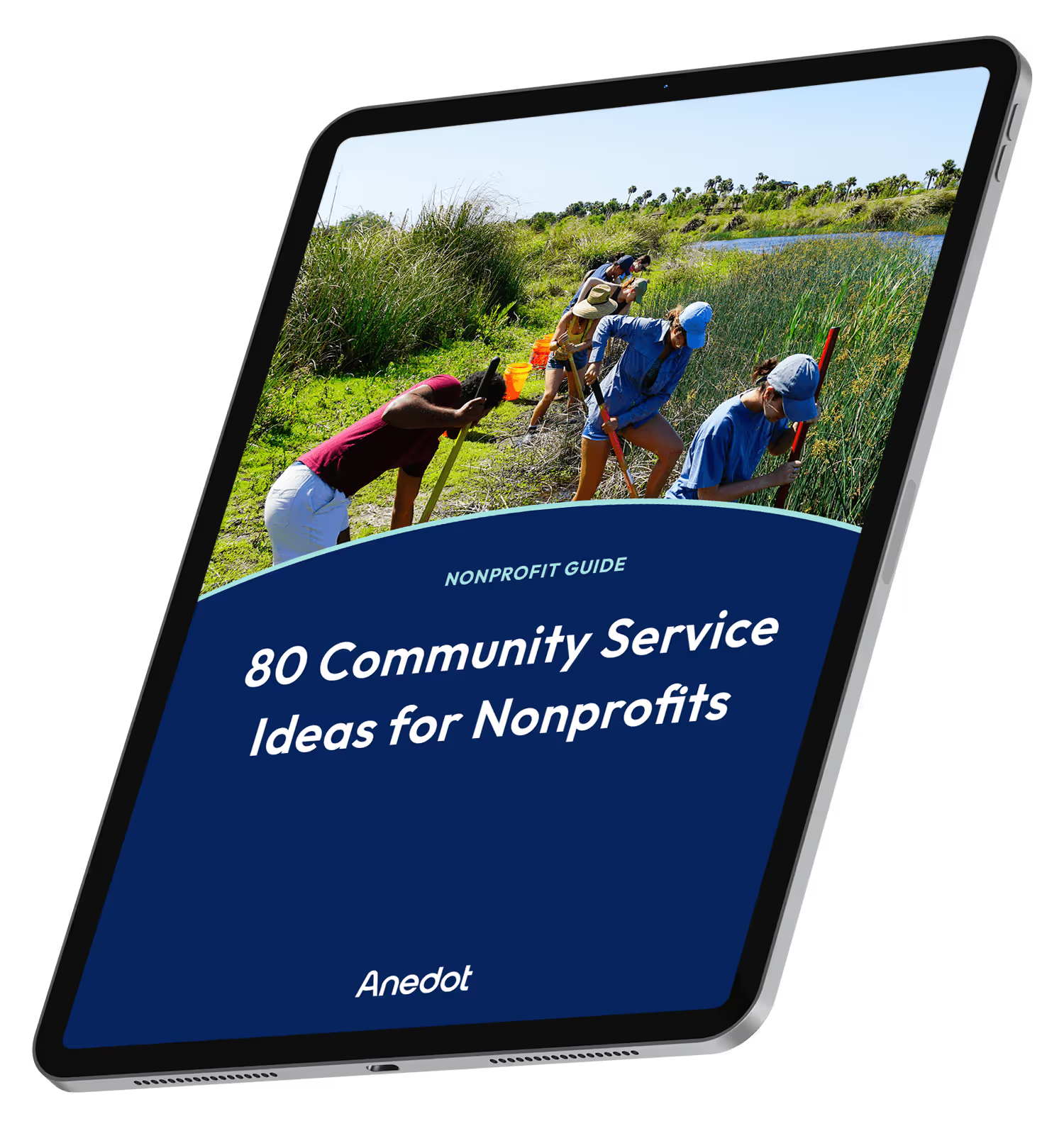
80 Community Service Ideas for Nonprofits
